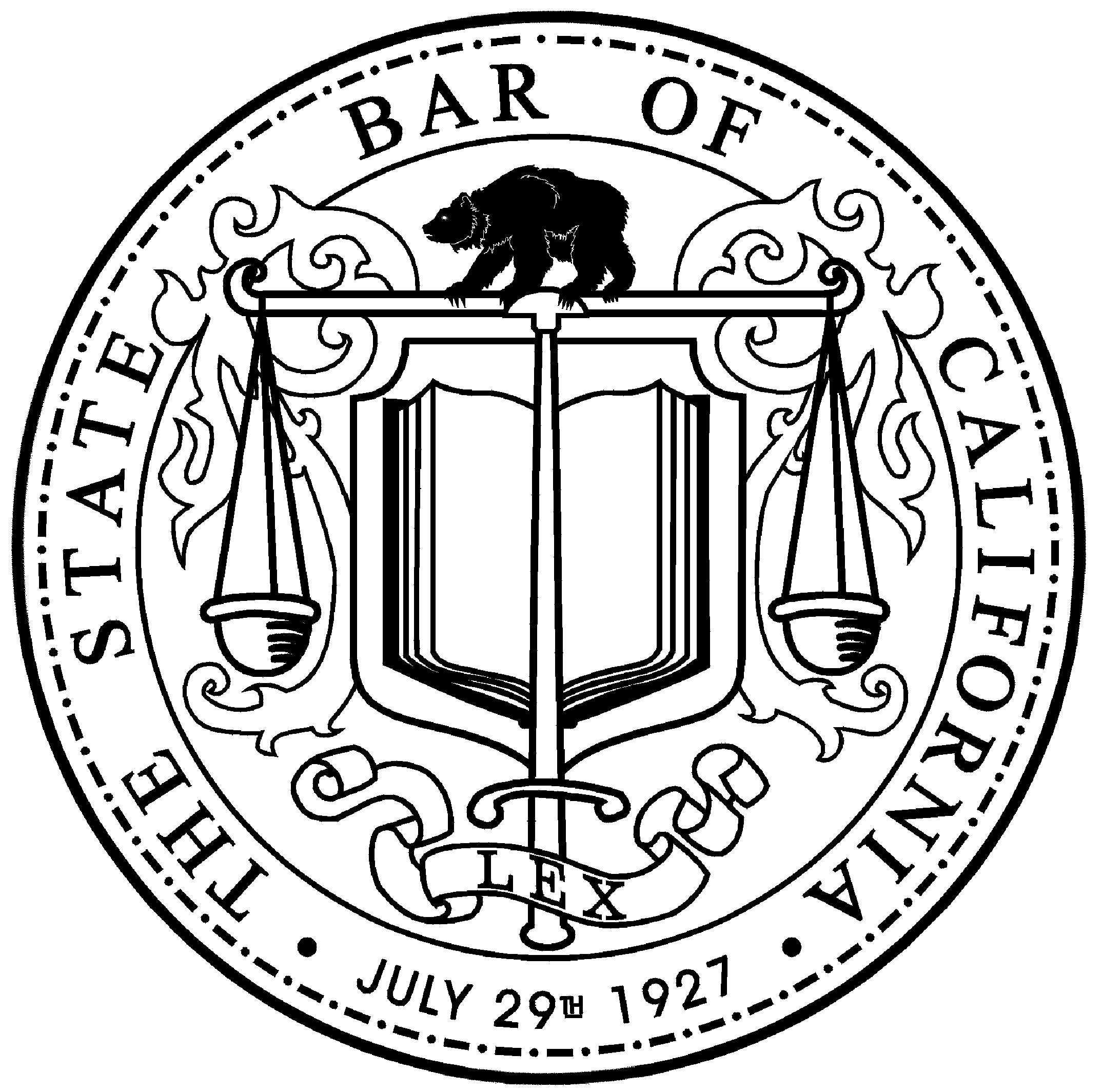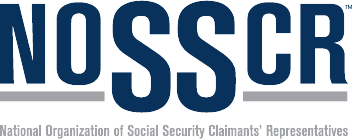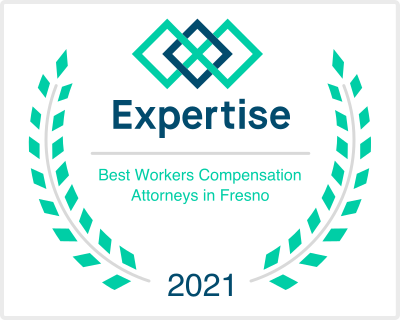End-of-Year Checklist: Ensuring Your Workers' Compensation Policies Are Up-to-Date
As the year draws to a close, it's crucial for businesses to turn their attention to one of the most important aspects of their operations: workers' compensation policies. Ensuring these policies are up-to-date is not just a matter of compliance, but also a key step in safeguarding the well-being of your employees and the financial health of your business. This blog will guide you through a comprehensive end-of-year checklist, helping you navigate the complexities of workers' compensation and ensuring your policies are robust, compliant, and tailored to your unique business needs.
Workers' Compensation Policies
Workers' compensation policies are a fundamental aspect of any business, acting as a safety net for both employees and employers. These policies are designed to provide financial assistance and medical care to employees who suffer work-related injuries or illnesses. At the same time, they offer employers protection from costly lawsuits and employee-employer disputes regarding workplace injuries. As the year comes to a close, it's essential for businesses to take a moment to ensure that their workers' compensation policies are not just in place, but also up-to-date and reflective of the current state of their workforce and workplace environment.
Understanding workers' compensation policies goes beyond simply recognizing their existence. It involves a deep dive into what these policies cover, how they align with state laws and regulations, and how they impact both the employer and the employee. Each state has its own set of rules and requirements for workers' compensation, making it imperative for businesses to stay informed and compliant. This is not just a legal necessity but also a moral one, ensuring that employees who dedicate their time and skills to a company are adequately protected in case of an unfortunate incident.
The end of the year is an opportune time for businesses to review their workers' compensation policies. This process involves several key steps. First, it's important to verify the details of the coverage, including the limits and scope. Are all types of injuries and illnesses covered? Does the policy reflect the nature of the work and the associated risks? Next, updating employee information and classifications is crucial. As businesses evolve, so do the roles and responsibilities of employees, which can affect their coverage needs.
Another critical aspect is reviewing and updating workplace safety protocols. A safe workplace not only minimizes the risk of injuries but also ensures lower premiums and fewer claims. This involves assessing the current risk profile of the workplace, identifying new hazards, and implementing updated safety measures. Regular safety audits and employee training play a significant role in this process.
Working closely with insurance providers is also key to maintaining effective workers' compensation policies. Open communication with providers can help businesses understand their policy adjustments, negotiate terms, and ensure that they are getting the best possible coverage at a reasonable cost. It's also an opportunity to compare quotes and explore different options available in the market.
Once the policies are reviewed and updated, implementing these changes and educating employees about them is just as important. Employees need to be aware of their rights and the procedures to follow in case of a workplace injury. This not only helps in smooth claim processing but also fosters a culture of transparency and trust within the organization.
The Importance of Regular Policy Reviews
Regular reviews of company policies, including those related to workers' compensation, are an essential practice for any business, regardless of its size or industry. This process is more than a mere administrative task; it's a strategic approach that ensures the ongoing health and efficiency of an organization. The importance of regular policy reviews cannot be overstated, as they play a critical role in maintaining legal compliance, ensuring workplace safety, and fostering a positive work environment.
Legal Compliance and Adaptability
Laws and regulations are constantly evolving, and what was compliant last year may no longer be so today. Regular policy reviews help businesses stay abreast of these changes, particularly in areas like workers' compensation, where state-specific laws can frequently shift. Failing to comply with these legal changes can lead to significant penalties, legal disputes, and damage to the company's reputation. By conducting regular reviews, businesses can adapt their policies to meet current legal standards, thereby avoiding potential legal pitfalls.
Workplace Safety and Employee Well-being
Regular reviews of policies, especially those concerning workplace safety and workers' compensation, directly impact employee well-being. These reviews offer an opportunity to reassess the workplace environment and identify new risks or hazards. By updating safety protocols and ensuring that workers' compensation policies adequately cover these risks, businesses can create a safer workplace. This not only minimizes the likelihood of accidents and injuries but also demonstrates a commitment to employee health and safety, which can boost morale and increase productivity.
Financial Health and Risk Management
Outdated policies can be financially detrimental to a business. For instance, workers' compensation policies that don't accurately reflect the current workforce or workplace conditions can lead to inadequate coverage, potentially resulting in significant out-of-pocket expenses in the event of an employee injury. Regular reviews allow businesses to adjust their coverage as needed, managing risks more effectively and often leading to more favorable insurance premiums.
Employee Satisfaction and Retention
Employees value working in an environment where they feel safe and protected. Regular policy reviews, particularly those related to workers' compensation and safety, show employees that their employer is proactive about their well-being. This can lead to higher levels of job satisfaction, increased loyalty, and lower turnover rates. In today's competitive job market, such factors can be crucial for attracting and retaining top talent.
Keeping Pace with Organizational Changes
As businesses grow and evolve, their policies should evolve too. Regular reviews ensure that policies remain relevant and effective in the context of the current organizational structure and workforce. This is particularly important for companies undergoing rapid growth, expansion into new markets, or significant changes in their operations.
The importance of regular policy reviews extends far beyond mere compliance. It's about creating a dynamic and responsive framework within which a business can operate safely, legally, and efficiently. By prioritizing these reviews, businesses not only protect themselves from legal and financial risks but also create a supportive and safe environment for their employees. This proactive approach is a hallmark of responsible and successful business management.
End-of-Year Checklist for Policy Review
As the year draws to a close, businesses should take the opportunity to conduct a thorough review of their policies, particularly those related to workers' compensation, safety, and employee welfare. An end-of-year policy review is a strategic exercise that ensures your business remains compliant, efficient, and prepared for the year ahead. Here's a comprehensive checklist to guide you through this crucial process:
1. Review Legal and Regulatory Compliance
Ensure that your policies are in line with current state and federal laws.
Pay special attention to any changes in workers' compensation laws, employment practices, and safety regulations that may have occurred over the year.
2. Update Workers' Compensation Policies
Verify that all employee classifications are accurate and reflect their current roles.
Review the coverage limits and ensure they are adequate for your current business size and risk exposure.
Check for any gaps in coverage, especially if there have been changes in operations, equipment, or processes.
3. Assess Workplace Safety Protocols
Evaluate the effectiveness of current safety measures and identify areas for improvement.
Update safety protocols to address any new hazards or changes in the workplace environment.
Plan and schedule safety training sessions for the upcoming year.
4. Evaluate Employee Handbook and HR Policies
Update the employee handbook to reflect any policy changes made during the year.
Review HR policies for compliance with labor laws, including those related to equal employment opportunity, harassment, and leave policies.
5. Analyze Insurance Needs and Coverage
Assess your business insurance policies (beyond workers' compensation) to ensure they meet your current business needs.
Consider changes in business assets, operations, or revenue that might require adjustments in coverage.
6. Financial Policy Review
Examine financial policies, including budgeting, expenditure approvals, and financial reporting.
Ensure that internal controls are effective and update them as necessary to prevent fraud and errors.
7. Employee Feedback and Engagement
Gather feedback from employees on existing policies and their impact on the workplace.
Use this feedback to make informed adjustments that can improve employee satisfaction and engagement.
8. Document and Communicate Changes
Clearly document any policy changes and ensure they are accessible to all employees.
Communicate these changes effectively through meetings, emails, or internal newsletters.
9. Plan for the Upcoming Year
Set goals and objectives for policy improvements in the coming year.
Schedule regular reviews and audits to maintain policy effectiveness and compliance.
By following this end-of-year checklist, businesses can enter the new year with confidence, knowing that their policies are not only compliant but also aligned with their operational goals and the well-being of their employees. This proactive approach is key to maintaining a healthy, safe, and productive work environment.
Assessing Your Workplace Risk Profile
Assessing your workplace risk profile is a critical step in managing the overall safety and well-being of your employees, as well as in maintaining the financial and operational stability of your business. This process involves identifying potential hazards, evaluating the likelihood and impact of these risks, and implementing strategies to mitigate them. Here’s a closer look at how to effectively assess your workplace risk profile:
Identify Potential Hazards
Conduct a thorough walk-through of the workplace to identify potential safety hazards. These can range from physical hazards like machinery or slippery floors to ergonomic risks such as poor workstation design.
Consider environmental factors, including exposure to harmful substances or extreme temperatures.
Don’t overlook psychological hazards, which can stem from workplace stress, harassment, or poor work-life balance.
Analyze Work Processes and Operations
Review the processes and operations within your workplace. This includes examining how tasks are performed, the equipment used, and the flow of work.
Identify any process that may pose a risk of injury or health issues. For instance, repetitive tasks might lead to musculoskeletal disorders.
Evaluate Employee Vulnerabilities
Consider the specific vulnerabilities of your workforce. This includes the experience level of employees, any special health considerations, and the adequacy of training they have received.
Assess whether certain groups of employees are at higher risk due to the nature of their work or their work environment.
Review Past Incident and Health Records
Analyze records of past incidents, accidents, and health-related issues in the workplace. This can provide valuable insights into recurring problems or areas that have been historically neglected.
Pay attention to near-misses as well, as they can be indicative of potential future risks.
Consult with Employees
Engage with employees to get their perspective on workplace safety. They can offer firsthand insights into the risks associated with their specific roles.
Encourage a culture where employees feel comfortable reporting hazards or safety concerns.
Understand Legal Requirements and Industry Standards
Familiarize yourself with the legal requirements regarding workplace safety in your jurisdiction.
Look into industry standards and best practices, which can provide guidance on managing specific risks.
Prioritize Risks
Once all potential hazards are identified, prioritize them based on their potential impact and the likelihood of occurrence.
Focus on risks that pose the greatest threat to employee safety and business operations.
Develop a Risk Mitigation Plan
For each identified risk, develop a plan to mitigate or eliminate it. This may involve changes in processes, investing in safety equipment, providing additional training, or improving workplace ergonomics.
Ensure that emergency procedures are in place for dealing with high-risk situations.
Monitor and Review
Regularly monitor the effectiveness of your risk mitigation strategies.
Review and update your risk assessment periodically, especially when there are changes in work processes, equipment, or personnel.
By thoroughly assessing your workplace risk profile, you can create a safer and more productive environment for your employees. This proactive approach not only helps in preventing workplace injuries and illnesses but also contributes to building a positive safety culture within your organization. Additionally, a well-managed risk profile can lead to reduced insurance costs, particularly in relation to workers' compensation, and can protect your business from legal and financial liabilities.
Conclusion
By staying informed about regulatory changes, continuously updating policies, investing in safety measures, and fostering a culture of employee engagement, businesses can minimize risks, reduce costs, and promote a positive workplace atmosphere. Planning for the future in the realm of workers' compensation and safety isn't just about compliance—it's about building a foundation for sustained success and the well-being of all those who contribute to your organization.
Cole, Fisher, Cole, O’Keefe + Mahoney is Central California’s leading workers’ compensation and social security disability law firm. With over 30 years of successful experience, we are committed to securing maximum benefits for our clients in the Fresno, California area. Schedule a free consultation today.
© 2025 Cole, Fisher, Cole, O’Keefe + Mahoney
Making a false or fraudulent workers’ compensation claim is a felony subject to up to five years in prison, or a fine of up to $150,000 or double the value of the fraud, whichever is greater, or by both imprisonment and fine.






